
A pier can add significantly to the value of a Tahoe Lakefront home, and that’s a number that’s likely to rise in the coming decade, as the odds of getting one become more and more slim.
After decades of legal and regulatory wrangling, a new rule took effect in 2019 limiting the number of piers that can be built at the Lake. This summer, in 2025 for example, only 1 lucky lakefront owner will win the right to construct their own private pier. (Read More ...)
Tahoe Lake Houses for Sale
Scarcity Drives Value
Judging from past demand, we will likely see dozens of lakefront owners walk away disappointed this summer. (In 2019, 83 lakefront owners applied for the right to build a private pier, and only 5 were granted.) The scales will tip in the coming years to "Shared" piers, those serving more than one parcel. (Below is a chart showing the number of private and shared pier allocations through 2033)

Old Piers, Grandfathered In, Add High Value
Piers at Lake Tahoe were for many years unregulated. That’s why you see flat top boathouses, a throwback to the 1950s & ‘60s, and even rock crib piers that look like private marinas dotting the shoreline.
One 4-bedroom on the East Shore, for example, sold for top dollar in 2020, thanks in part, to the sprawling breakwater and lakefront amenities it offers.

You can’t build something like that today, and the value of that is obvious to those seeking Tahoe’s Lakefront lifestyle. The home sold for $11 million in 2021 -- that's $3 million more than it fetched the year before.
That property, like many lakefront sales, closed for cash. But a seller who accepts a financed offer for a lakefront home will be subject to an appraisal, and appraisers take an unemotional view of a property. Intangibles like the hand hewn beams that grace a property like Julia Morgan’s Bow Bay, or the rays of the setting sun from the end of a pier near Madden Creek on the Westshore, won’t necessarily boost the bottom line on an appraisal.
Appraisers will consider the slope of the lot and whether a pier is deep water or shallow. That also becomes important in drought years, because a deep-water pier means you’ll be more likely to still be able to pull your boat up to onboard guests.
A shallow pier might add $500,000 to the value of a lakefront home, and a deep-water would add significantly more. Throw in a lift with buoys, and the value of the lakefront home might appraise for $1.5 million more than a pier-less neighboring home.
That was also reflected in the market during the Covid real estate boom for areas of the North Shore, where one home with an extensive pier and flat-top boathouse sold for $9.5 million, despite the fact that the home itself was small and somewhat dated.

Compare that to a beautiful North Shore home that closed for a little over $7.6 million, almost 5 percent under asking in an otherwise hot market. It had 5 bedrooms and more than 4,800 square feet of contemporary living space with a gorgeous lakefront grounds. But what it lacked was a pier.
And getting a pier these days is not so simple as just applying for one. Some areas of the lake, such as stream mouths, will be entirely off limits, but for those with eligible properties, the application process involves submitting a fairly complex application that includes scenic and other mitigation.
If all that looks good, one is then thrown into a lottery where only handful will get the right to build a private pier through 2033.
Piers serving multiple parcels will be a little easier to secure, so we’re likely to see some lakefront owners offering to share a pier with their neighbor, or buy their neighbor’s rights, which allows them to come forward with a “multiple parcel” pier application.
Paying your neighbor "not" to build a pier
Some lakefront owners have even been advised to ask their "pier-less" neighbors whether they might willing to surrender their future rights to apply for a pier in exchange for banking those with the neighboring parcel. Problem is: no one can say exactly what that surrender of rights might be worth ...
“It’s never been done before,” Jan Brisco says of a homeowner purchasing a neighbor’s rights. As the executive director of the Tahoe Lakefront Owners Association, Brisco functions like a lobbyist/information repository for lakefront owners.
Part of the picture, from her point of view, is that the general public, along with regulators, environmentalists and the rest of the have-nots, hold little empathy for the problems of those who are fortunate enough to own a piece of Lake Tahoe’s shoreline.
“I’m a property rights gal, and lakefront owners have been maligned for years,” Brisco says. “It’s an elitist issue. There is no sympathy for this group.”
Lawsuits Framed Today's Regulatory Environment
How we got to this place is a history lesson infused with regulatory action to protect lake clarity and lawsuits. The construction of piers, dating back to the era that preceded the pile driver, was a Wild West of building for much of the 20th Century.
Then TRPA stepped in. In October 2008, the agency approved a plan that would allow up to 128 private piers, lifting a moratorium on new pier construction that had been in effect for almost two decades.
Two environmental groups sued to overturn the plan, claiming that TRPA’s approach would lead to more boats, which (along with more piers) in their view would not only decrease the scenic value of the lake, but would also lead to more noise and pollution. The lawsuit also took issue with TRPA’s conclusion that a lakefront parcel without a pier held no higher scenic value than one with a pier.
A federal judge agreed with the environmental groups, resulting in the policies in place today. The plan is built on the premise that piers are inherently bad for the lake—both aesthetically and environmentally -- a questionable conclusion that depends on one's perspective.
“You expect to see piers in the shore zone. You expect to see buoys. That’s part of the Lake Tahoe experience,” Brisco says, noting that piers also provide safe harbor to boaters and swimmers. “It’s not automatically assumed to be bad, just because a pier is present.”
Regardless of the logic behind the current policies, lakefront homeowners who long for their own Tahoe pier will have to bank on the luck of the draw.
So what will be the future value of a pier at Lake Tahoe? Potentially … priceless.
Posted by Jackie Ginley on

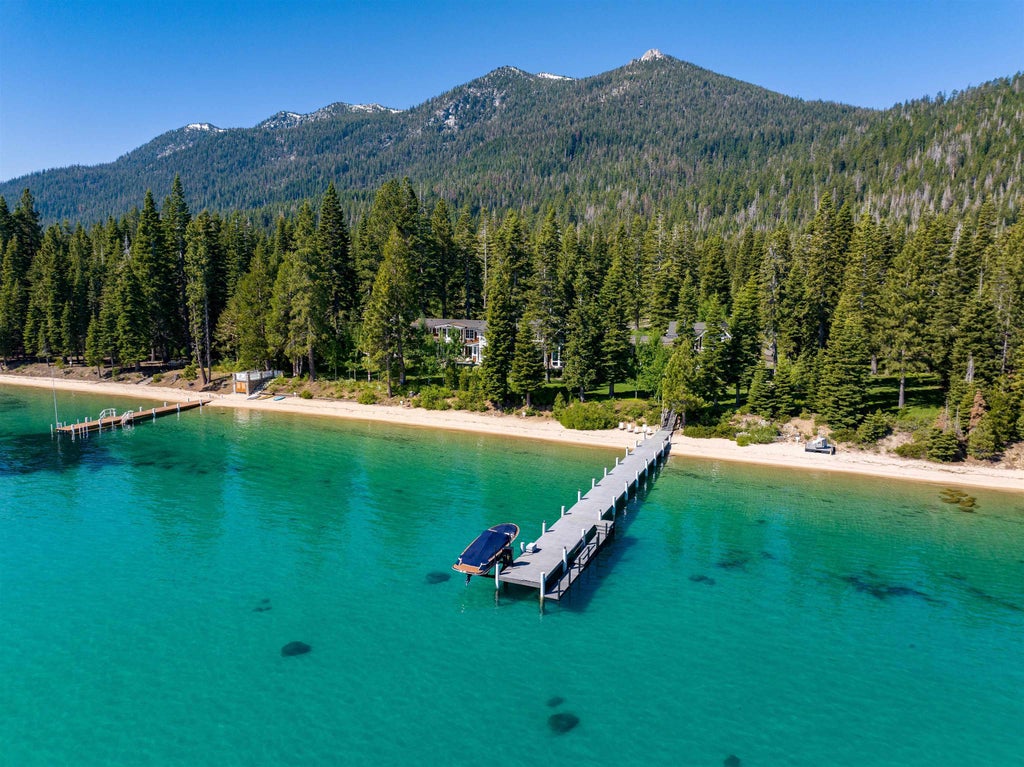
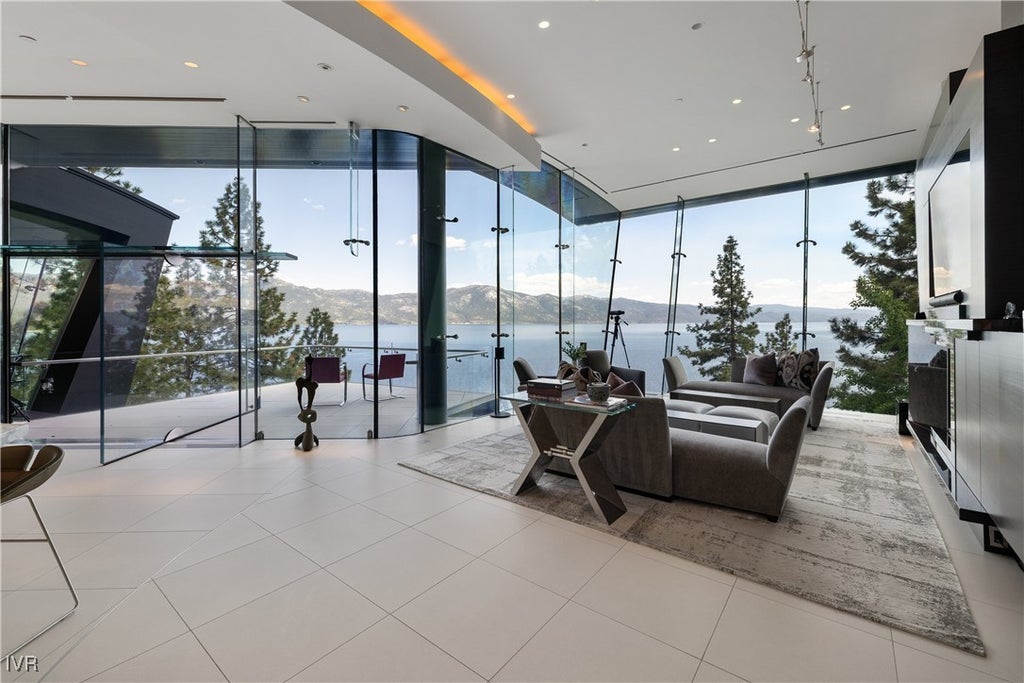
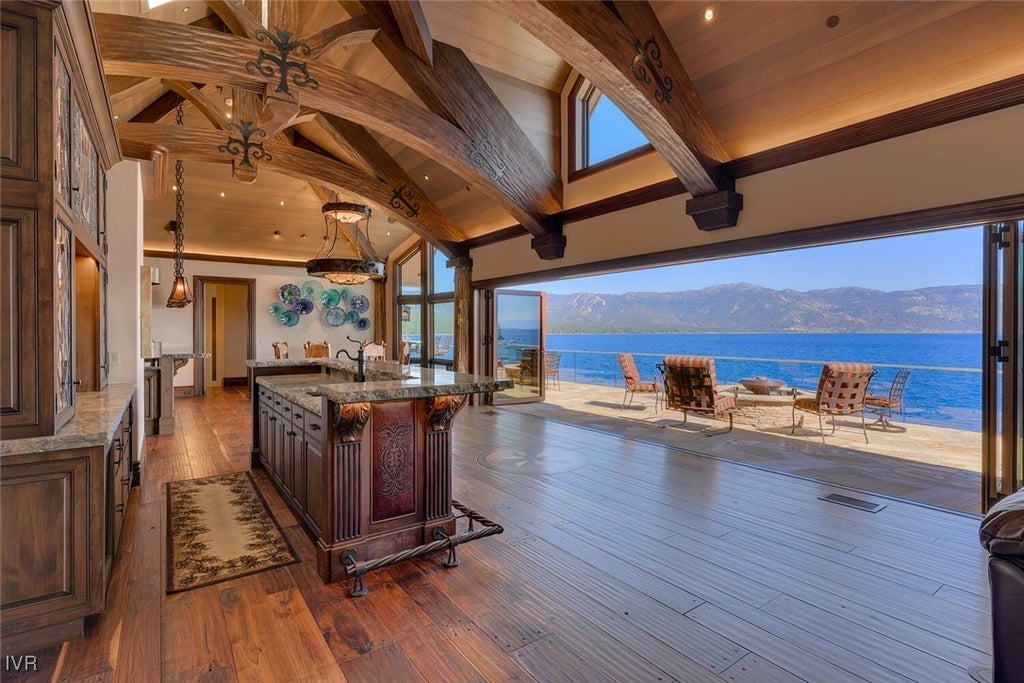

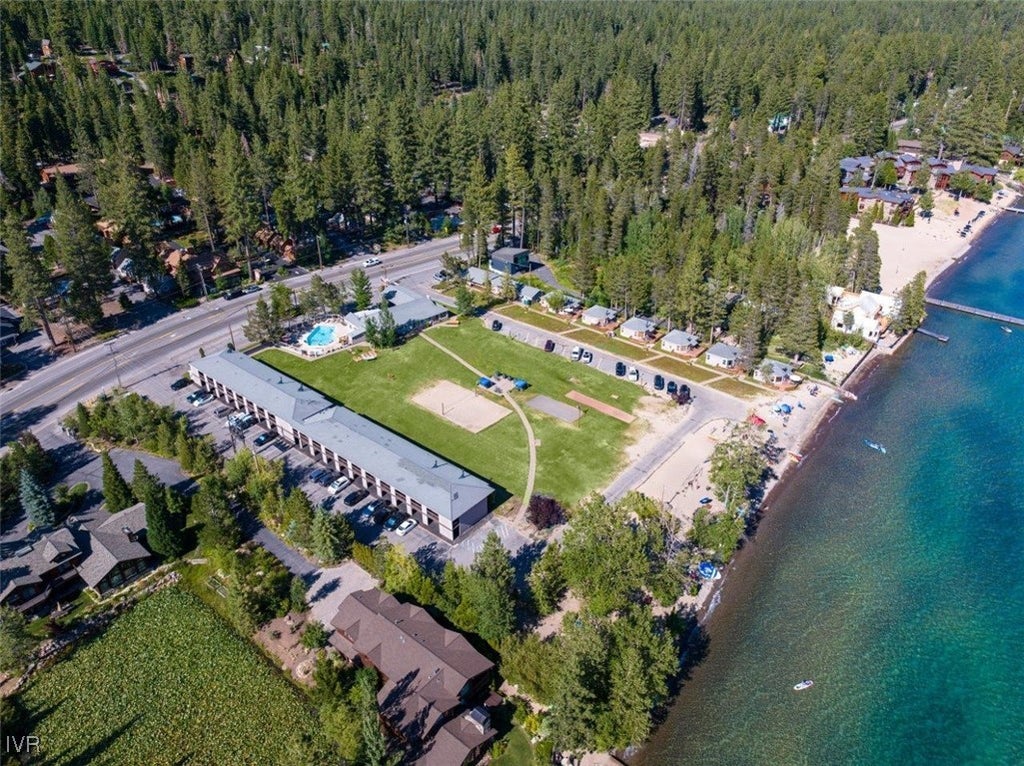
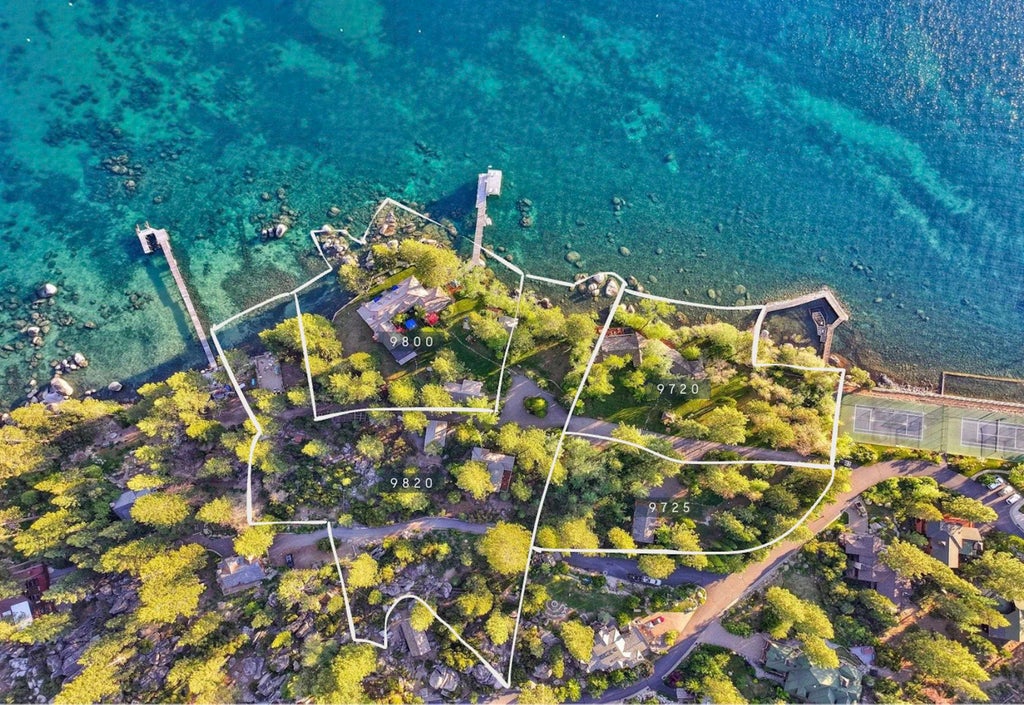
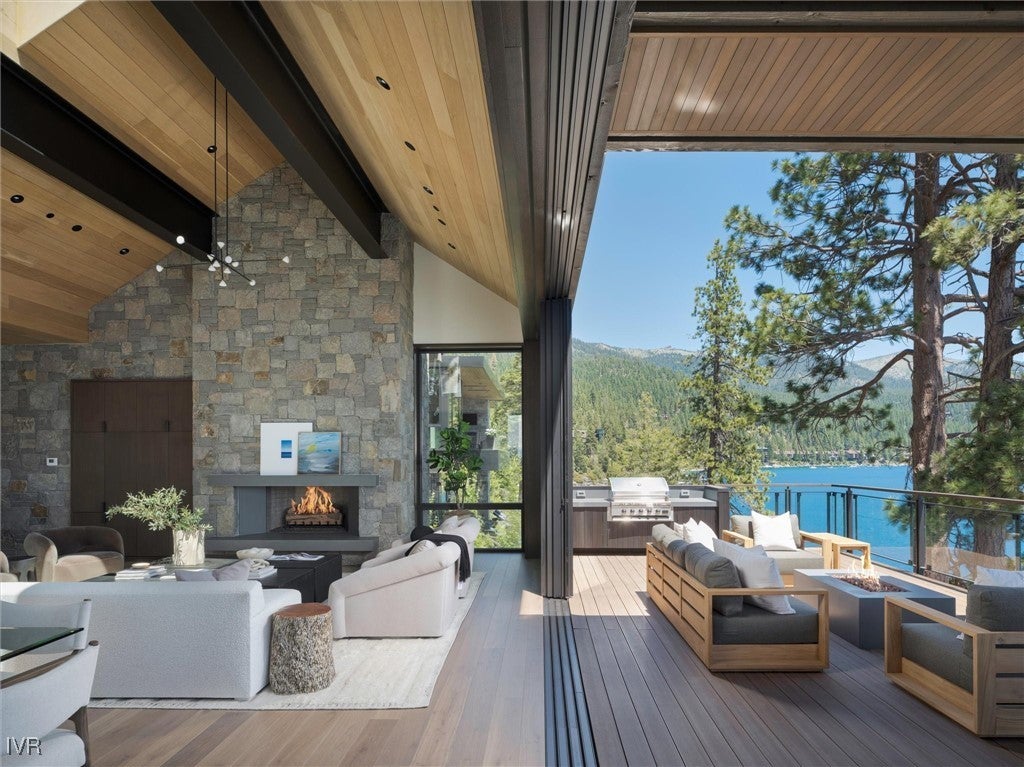
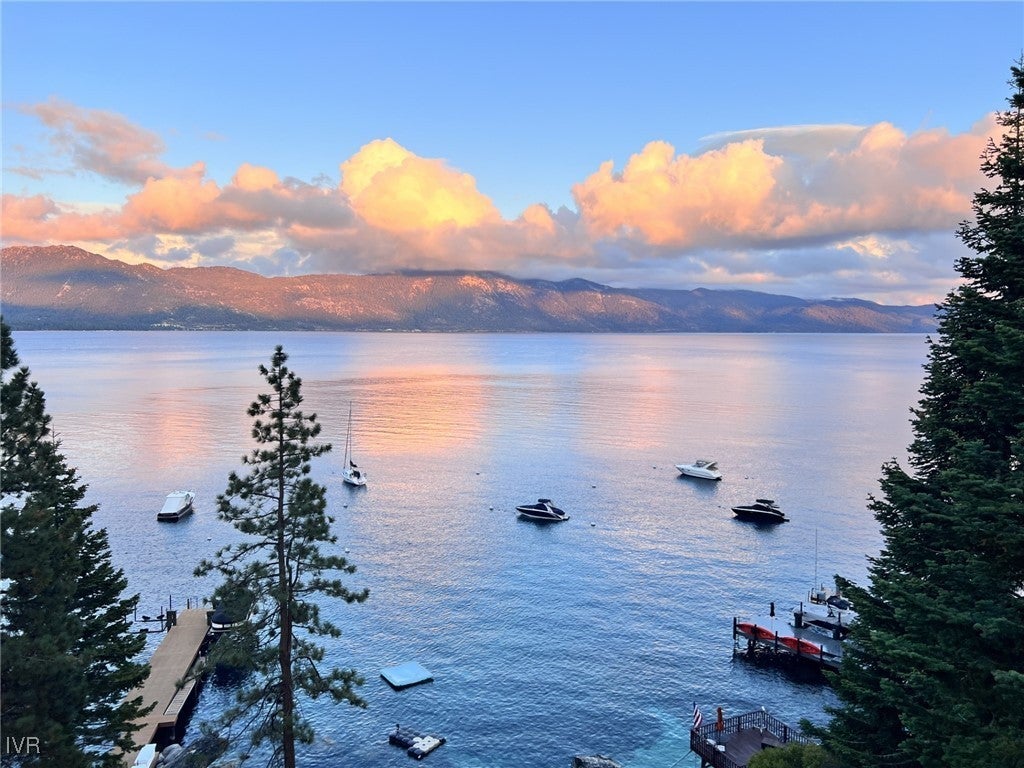

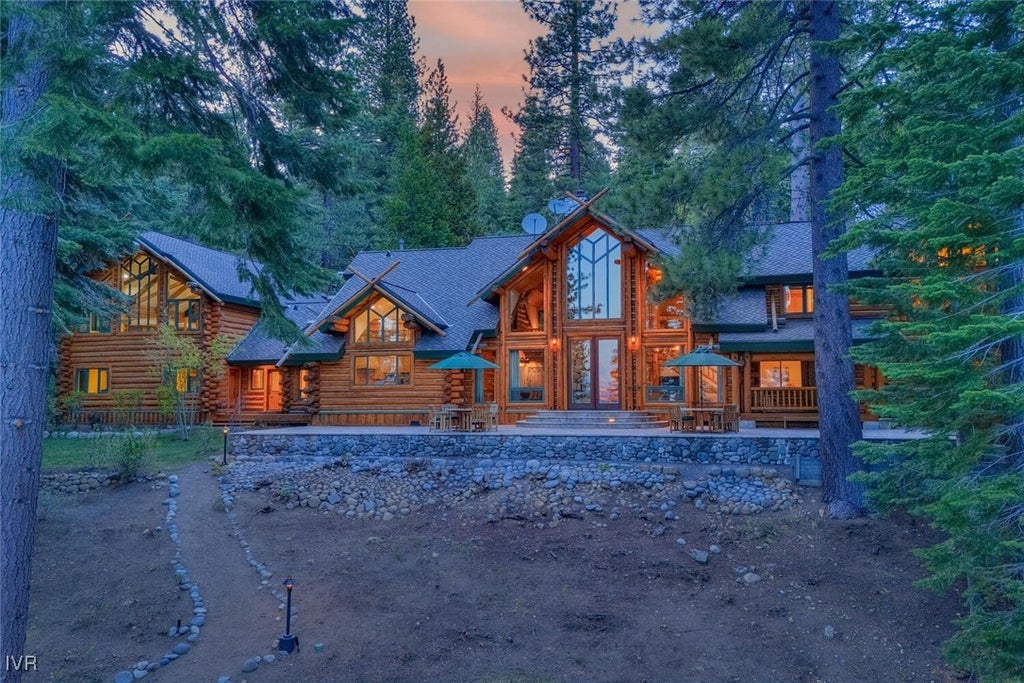
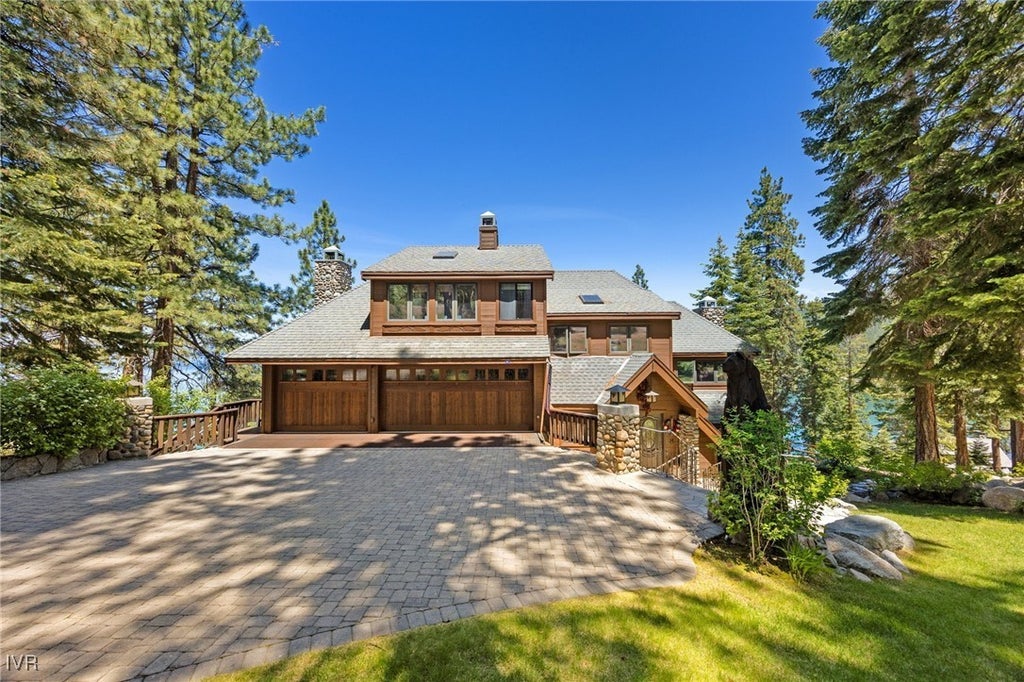


Leave A Comment